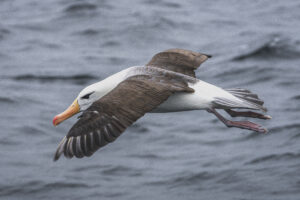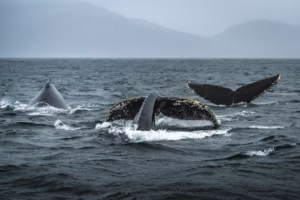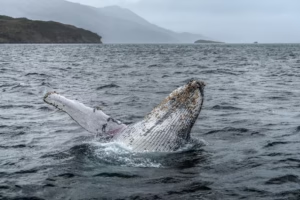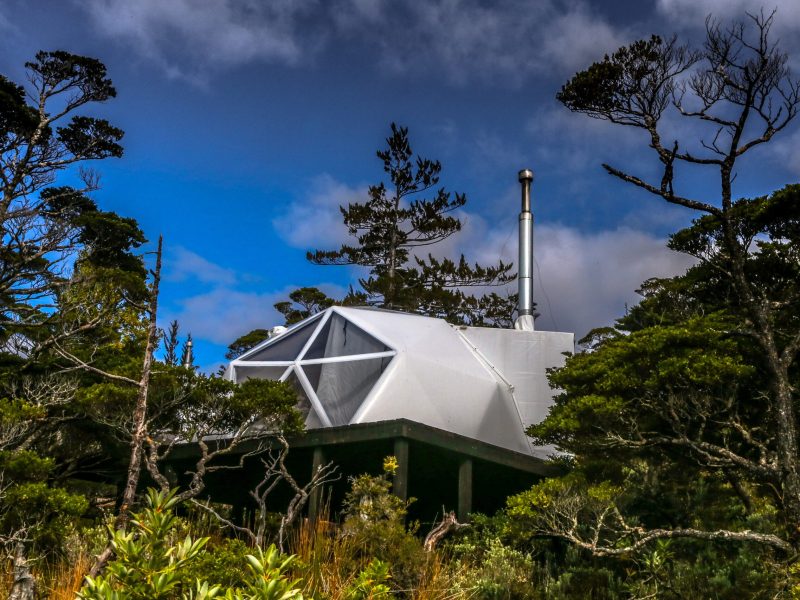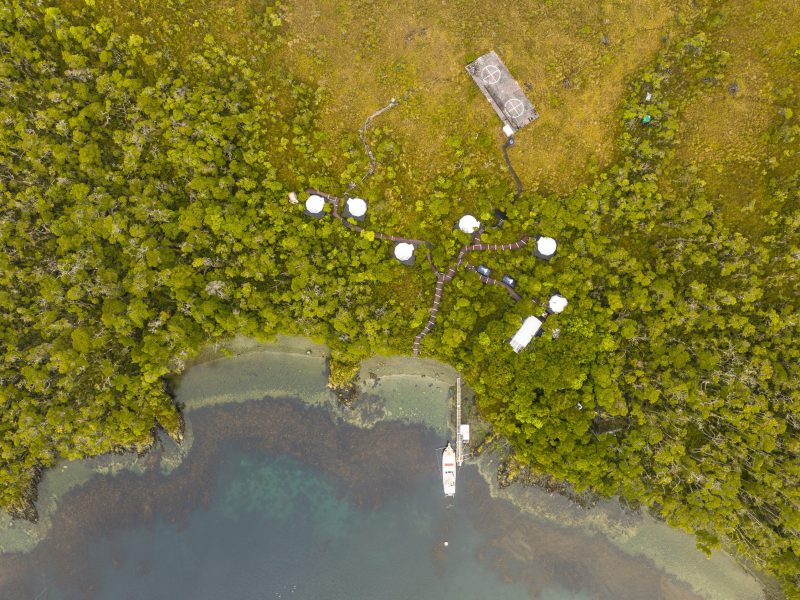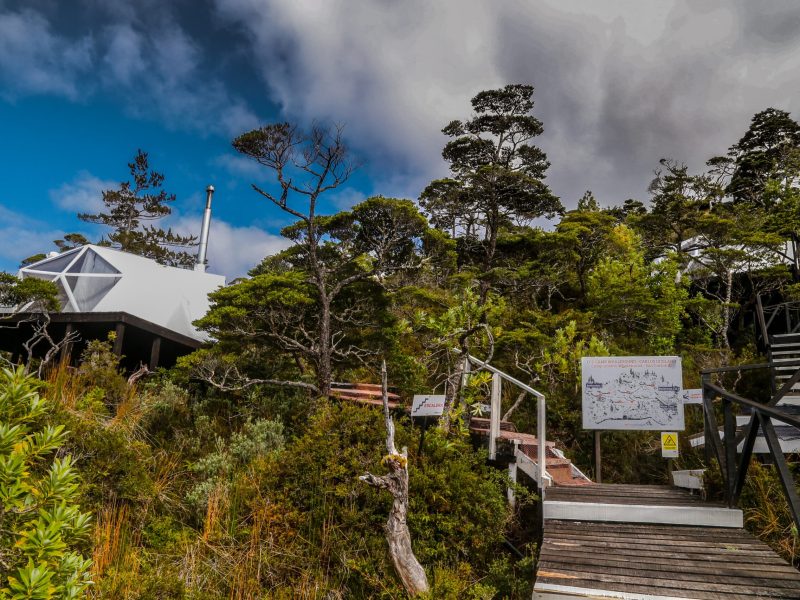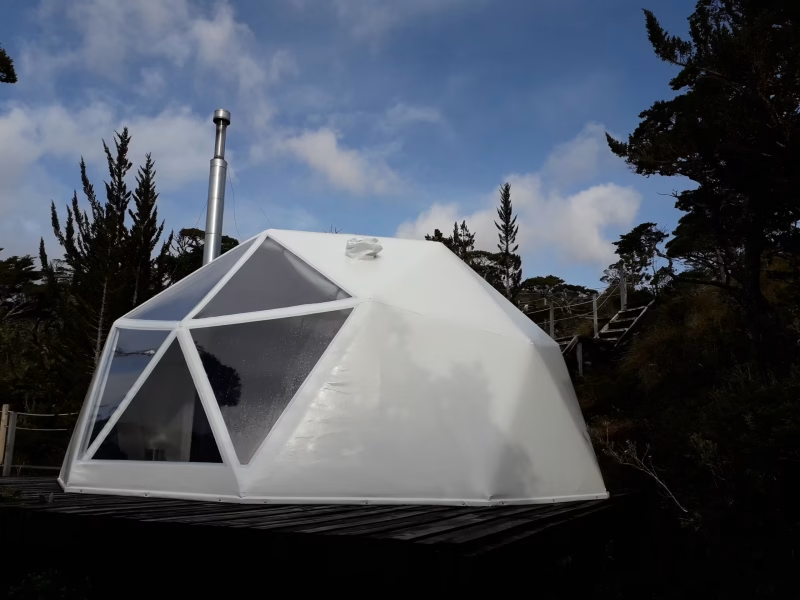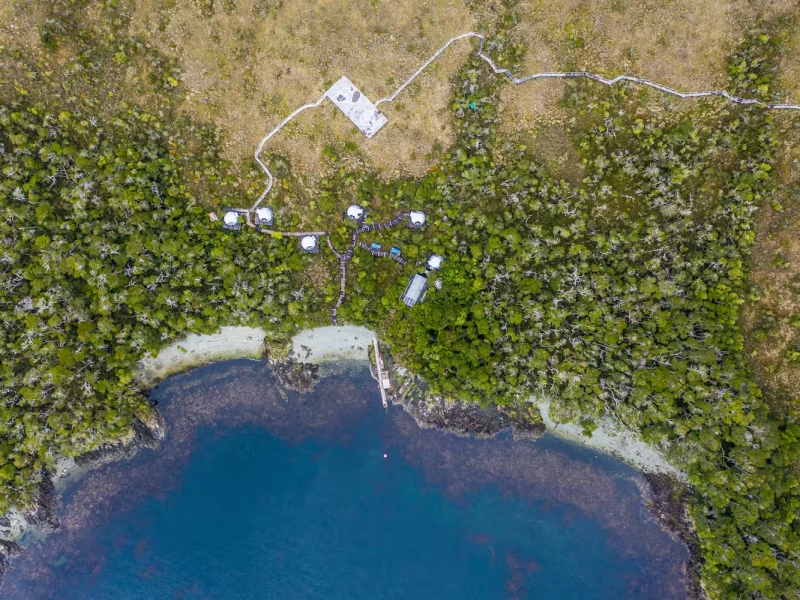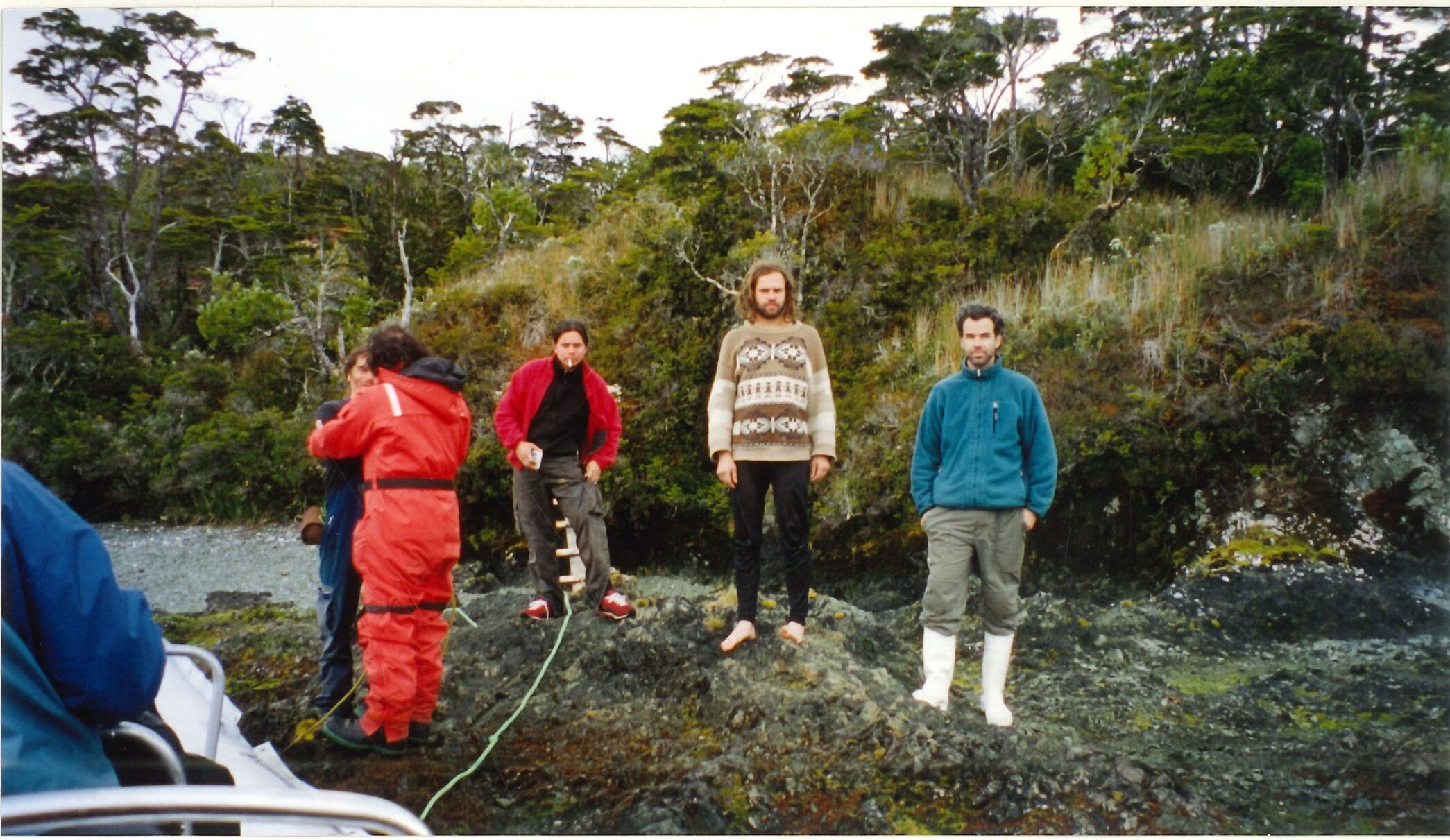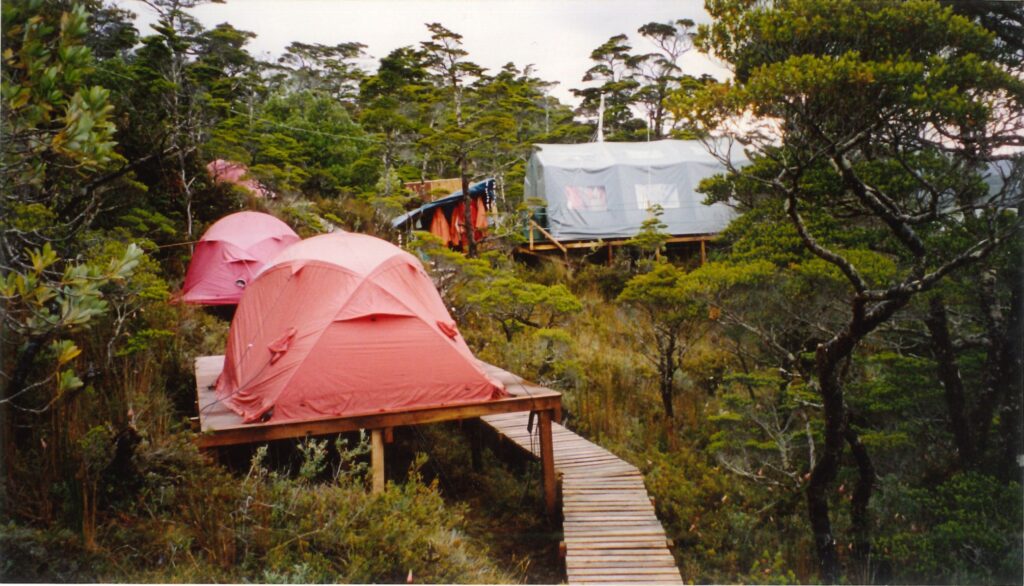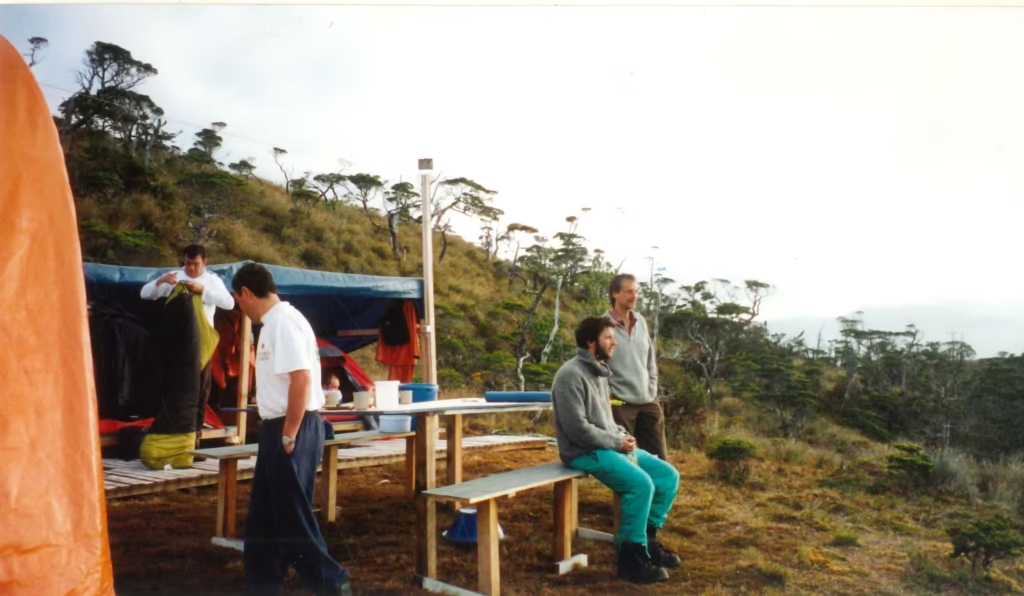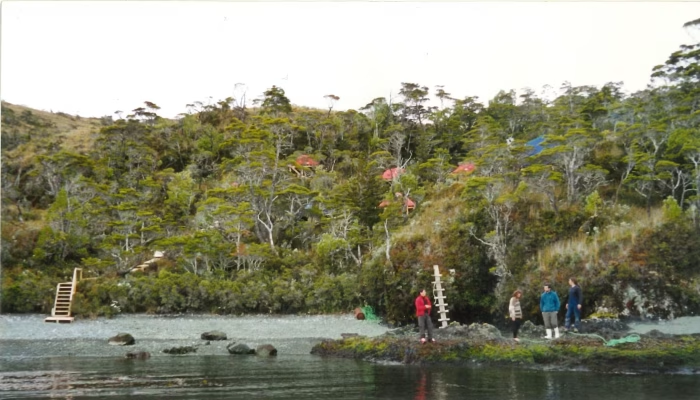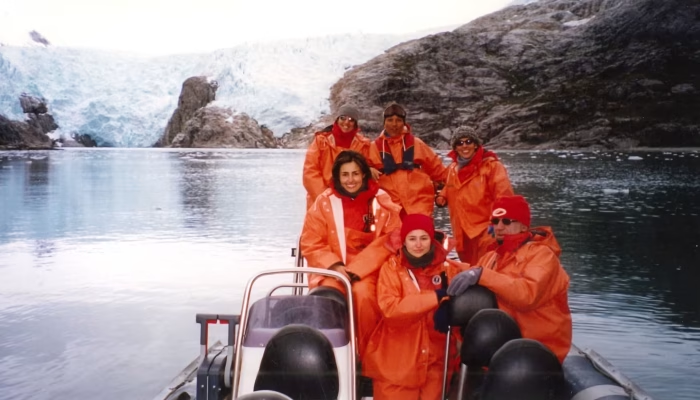Orcas of the Patagonian fjords: Sporadic visitors or unknown residents?
- Published: 2014
- Authors: Juan J. Capella, José Z. Abramson, Yerko A. Vilina, Jorge Gibbons
- Download the full study here
Study summary
This work represents the first systematic investigation on the presence, behavior and diet of killer whales (Orcinus orca) in the southern fjords of Chile, an area that has been little studied for this species until now.
Study period: 2004–2012
Area covered: Strait of Magellan and Carlos III Island (~950 km²)
Method: Onboard and land-based observations, with more than 5,000 hours of monitoring
What did they discover?
They registered 63 sightings, including 55 individuals photographically identified.
The observed orcas coincide with the Southern Ocean type A, although without genetic confirmation.
Most of the orcas were seen alone once and they stayed for a short time (average: 1.7 days).
It was detected low site fidelity: 64% was seen in just one year of the study.
The groups were small (average: 5 with young, 3 without young) and changed composition over the long term.
What do orcas eat in this region?
A broad diet and active predatory behavior were observed:
Registered dams:
– One-haired and two-haired sea lions.
– Magellanic penguins.
– Dominican gulls.
– Magellan's anvil.
– Possibly fish such as southern hake and golden conger
Interactions with fish: Although direct consumption was not observed, orcas were observed with large fish in their mouths and chasing near schools of sardines.
Hunting techniques observed:
– Side lunges
– Body drag
– Cooperative hunting
– Sharing of prey between adults and juveniles
Why is this study important?
It reinforces the idea that orcas in this region are transient visitors, possibly connected to broader migration routes.
Documented for the first time Type A killer whale interactions with multiple prey in the Chilean fjords.
Provides key data on social structure, diet and habitat use in a poorly monitored area.
Whalesound and the orcas of the fjords
Through our scientific expeditions, Whalesound has directly contributed to this research, providing field data for over a decade. Meeting orcas in their natural habitat is possible… and necessary to protect them.
